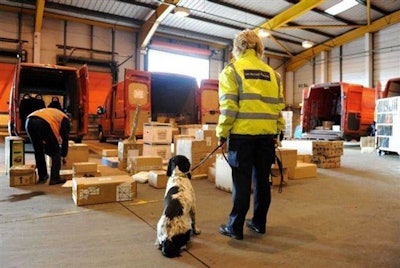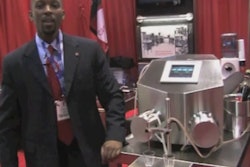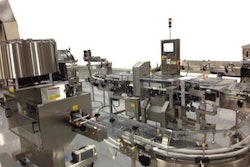
In October, the U.S. Food and Drug Administration, in partnership with international regulatory regulatory and law enforcement agencies, took action against more than 4,100 Internet pharmacies that illegally sold potentially dangerous, unapproved drugs to consumers.
Here’s what FDA spokesperson Sarah Clark-Lynn had to say about counterfeiting and the role of packaging in anti-counterfeiting efforts:
HCP: How significant is this action with regard to pharmaceutical counterfeiting? Is this the first time such a broad-based global effort has resulted in such action? Could this beginning of further global actions?
Clark-Lynn: Consumers in the U.S. and around the world face a real threat from Internet pharmacies that illegally sell potentially dangerous medicines. FDA is committed to protecting consumers from the risks these Web sites present and helping them be more aware of the steps they can take to protect themselves.
During Operation Pangea V, a cooperative effort led by Interpol, FDA worked with domestic and international law enforcement and regulatory agencies to combat online sales and distribution of counterfeit and illegal medical products. The goal of Operation Pangea was to identify the producers and distributors of counterfeit or otherwise illegal medical products and take enforcement action to remove these products from the supply chain. These actions include civil and criminal charges, seizure of illegal products, and removal of offending Web sites.
FDA targeted Web sites illegally selling unapproved and potentially dangerous medicines that can be detrimental to public health, as some of these products should only be taken under the supervision of an authorized health care practitioner or contained active ingredients that were withdrawn from U.S. market due to safety issues. FDA sent Warning Letters to the operators of more than 4,100 Web sites and continues to work with foreign counterparts to address the remaining Web sites that continue to offer unapproved or misbranded prescription medicines to U.S. consumers.






















